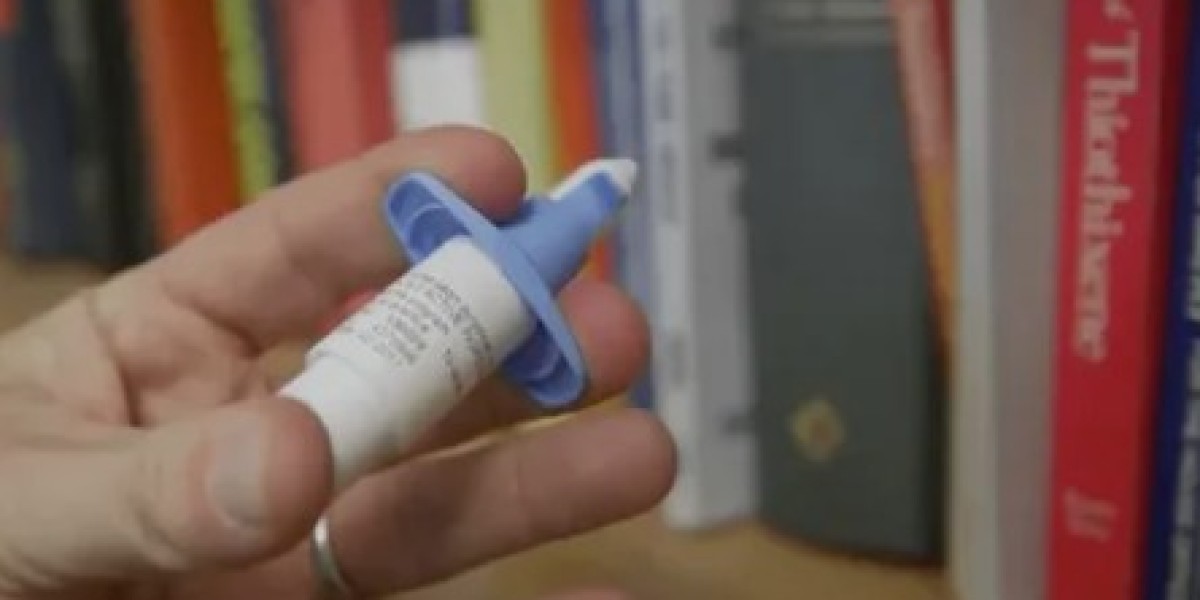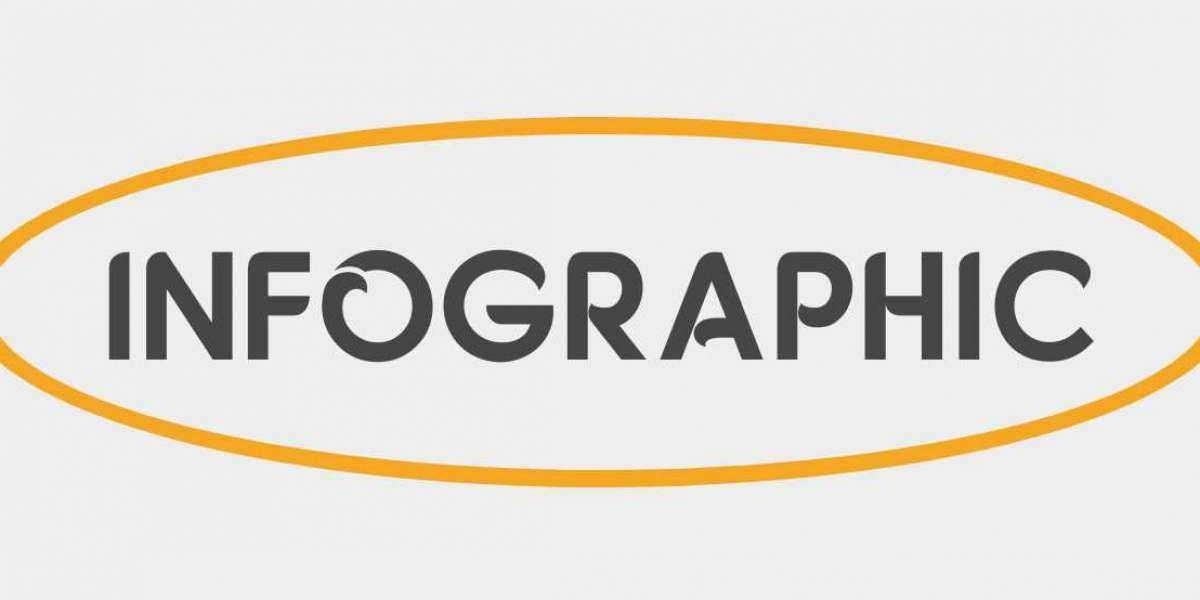In recent years, ketamine therapy nasal spray has emerged as one of the most promising new approaches for treating mental health conditions that don’t always respond well to traditional therapies. Depression, anxiety, post-traumatic stress disorder (PTSD), and certain chronic pain conditions can be difficult to manage with standard medications like SSRIs or benzodiazepines. For individuals struggling with treatment-resistant disorders, ketamine delivered through a nasal spray may provide a fast-acting and effective option.
This article explores what ketamine therapy nasal spray is, how it works, its potential benefits, safety considerations, and what patients can expect from treatment.
What Is Ketamine Therapy Nasal Spray?
Ketamine, first developed in the 1960s as an anesthetic, has gained attention in psychiatry due to its powerful effects on mood regulation. Unlike traditional antidepressants, which can take weeks to show results, ketamine often produces noticeable improvement within hours or days.
The nasal spray form of ketamine therapy is designed to provide a controlled, non-invasive, and more convenient way to administer the medication compared to intravenous (IV) infusions. In 2019, the FDA approved esketamine (Spravato®), a ketamine-derived nasal spray, specifically for treatment-resistant depression. Administered in clinical settings under medical supervision, ketamine therapy nasal spray has since become a vital option for many patients.
How Does Ketamine Therapy Nasal Spray Work?
Ketamine’s therapeutic effects come from its unique action on the brain. Unlike most antidepressants, which target serotonin or norepinephrine, ketamine primarily affects the glutamate system.
- NMDA receptor antagonism – Ketamine blocks NMDA receptors, leading to increased glutamate activity. This helps promote synaptic plasticity, allowing the brain to form new neural connections.
- Rapid relief – By enhancing communication between brain cells, ketamine can quickly reduce depressive symptoms, suicidal thoughts, and anxiety.
- Long-term brain health – Ongoing research suggests that ketamine may help “reset” dysfunctional brain circuits involved in mood regulation.
When delivered as a nasal spray, ketamine bypasses the digestive system and enters the bloodstream quickly, providing a faster therapeutic effect than oral medications.
Conditions Treated With Ketamine Therapy Nasal Spray
Ketamine therapy nasal spray is most commonly prescribed for:
- Treatment-Resistant Depression (TRD)
Patients who have not responded to at least two standard antidepressants may find relief with ketamine. - Major Depressive Disorder (MDD) with Suicidal Thoughts
Because of its rapid action, ketamine therapy nasal spray is considered especially valuable in crisis situations. - Anxiety Disorders
Some patients report significant reduction in generalized anxiety and social anxiety symptoms. - Post-Traumatic Stress Disorder (PTSD)
Studies indicate ketamine may help reduce trauma-related symptoms, improving quality of life. - Chronic Pain
Although less common, ketamine’s pain-modulating properties make it an option for patients with neuropathic pain or fibromyalgia.
Benefits of Ketamine Therapy Nasal Spray
Many patients and clinicians view ketamine therapy nasal spray as a breakthrough because of its advantages over traditional treatments.
- Fast-acting relief – While antidepressants may take 4–6 weeks, ketamine can improve mood within hours to days.
- Non-invasive administration – The nasal spray avoids needles, making it more comfortable than IV infusions.
- Potential to reduce suicidal thoughts – Clinical studies show rapid reduction in suicidal ideation, a critical benefit for high-risk patients.
- New hope for treatment-resistant cases – Individuals who have struggled for years without success may finally see improvement.
- Promotes brain healing – By fostering new neural connections, ketamine may help repair damage caused by long-term depression.
What to Expect During Treatment
Ketamine therapy nasal spray is not taken at home like typical medications. Because of its psychoactive effects and potential risks, it must be administered in a medical clinic under supervision. Here’s what a typical treatment process looks like:
- Initial Evaluation – A psychiatrist or qualified provider assesses the patient’s mental health history, symptoms, and treatment resistance.
- Administration – The patient self-administers the nasal spray under medical guidance.
- Monitoring – Patients remain at the clinic for 2–3 hours after treatment, as ketamine can cause dissociation, dizziness, or changes in blood pressure.
- Treatment Schedule – Initial treatment usually involves two sessions per week for the first month, followed by maintenance sessions as needed.
- Integration Therapy – Many clinics pair ketamine with psychotherapy to maximize results and help patients process emotional breakthroughs.
Side Effects and Safety Considerations
Although ketamine therapy nasal spray is generally safe when administered by professionals, patients should be aware of possible side effects:
- Dissociation (feeling detached from reality)
- Dizziness or lightheadedness
- Nausea or vomiting
- Increased blood pressure or heart rate
- Fatigue afterward
Because ketamine has potential for misuse, treatments are only available at certified clinics with strict guidelines. Patients are not given take-home prescriptions.
Who Is a Good Candidate for Ketamine Therapy Nasal Spray?
The best candidates are individuals who:
- Have not responded to at least two standard antidepressant treatments
- Experience severe depression, suicidal thoughts, or PTSD symptoms
- Are medically healthy enough to tolerate treatment
- Can attend in-clinic sessions and follow-up appointments
Ketamine therapy is not recommended for individuals with a history of substance misuse, uncontrolled high blood pressure, or certain medical conditions.
The Future of Ketamine Therapy
As research continues, ketamine therapy nasal spray is expected to play a larger role in psychiatry. Studies are underway to determine long-term effectiveness, ideal dosing schedules, and whether ketamine can be paired with other therapies for lasting benefits.
There is also growing interest in personalized mental health care, where ketamine therapy may be tailored to each patient’s unique brain chemistry and history.
Conclusion
Ketamine therapy nasal spray is more than just a new medication—it represents a major shift in how we approach mental health treatment. For individuals living with treatment-resistant depression, suicidal thoughts, PTSD, or severe anxiety, ketamine offers fast relief, renewed hope, and a chance for recovery when traditional therapies fall short.
While it’s not suitable for everyone and must be administered under medical supervision, this breakthrough therapy is giving patients and providers a powerful new tool in the fight against mental illness.
If you or a loved one are struggling with depression or anxiety and haven’t found success with traditional medications, ask a qualified mental health professional whether ketamine therapy nasal spray could be the right step forward.






